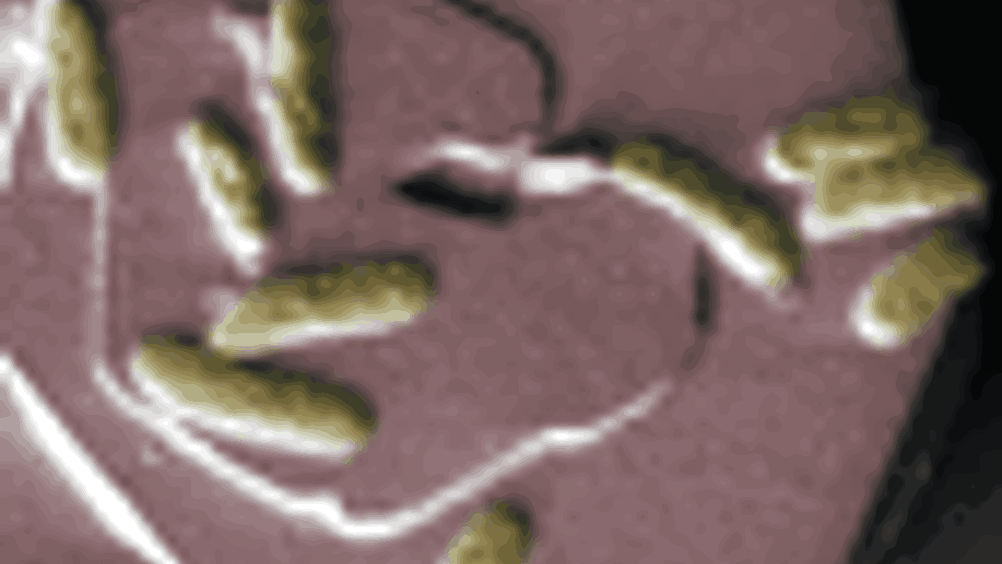Sweet-toothed bacteria confect hydrogen
Research funded by the Engineering and Physical Sciences Research Council has shown bacteria that can metabolise confectionery could be a valuable source of clean hydrogen energy in the future.

Research funded by the
(EPSRC) has shown bacteria that can metabolise confectionery could be a valuable source of clean hydrogen energy in the future.
Bioscientists at the University of Birmingham have demonstrated in a feasibility study that these bacteria give off hydrogen gas as they consume high-sugar waste produced by the confectionery industry.
The hydrogen has been used to generate clean electricity via a fuel cell and has the potential to be used in hydrogen-fuelled road vehicles.
The successful laboratory demonstration produced hydrogen using confectionery waste as a feedstock. Birmingham-based international confectionery and beverage company Cadbury Schweppes, a partner in the initiative, supplied the waste. An economic assessment undertaken by another partner, C-Tech Innovation, showed that it should be practical to repeat the process on a larger scale.
As well as energy and environmental benefits, the technique could provide the confectionery industry, and potentially other foodstuff manufacturers, with a useful outlet for waste generated by their manufacturing processes. Much of this waste is currently disposed of in landfill sites.
Register now to continue reading
Thanks for visiting The Engineer. You’ve now reached your monthly limit of news stories. Register for free to unlock unlimited access to all of our news coverage, as well as premium content including opinion, in-depth features and special reports.
Benefits of registering
-
In-depth insights and coverage of key emerging trends
-
Unrestricted access to special reports throughout the year
-
Daily technology news delivered straight to your inbox










UK Enters ‘Golden Age of Nuclear’
The delay (nearly 8 years) in getting approval for the Rolls-Royce SMR is most worrying. Signifies a torpid and expensive system that is quite onerous...